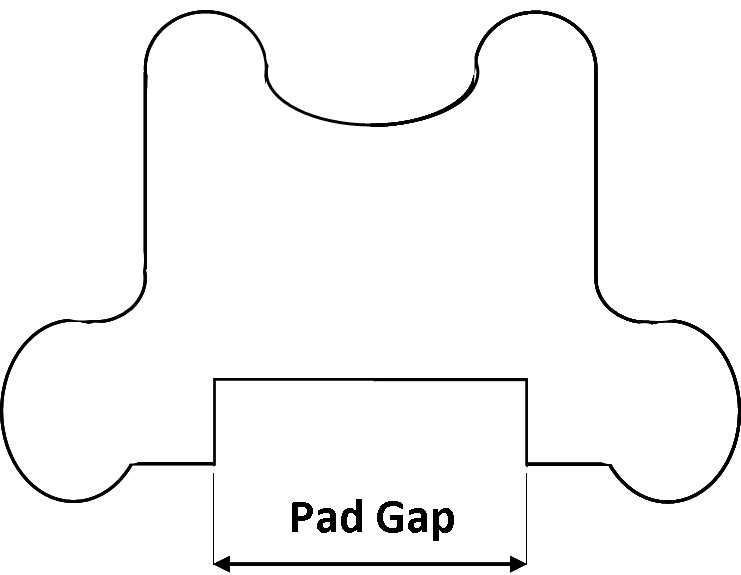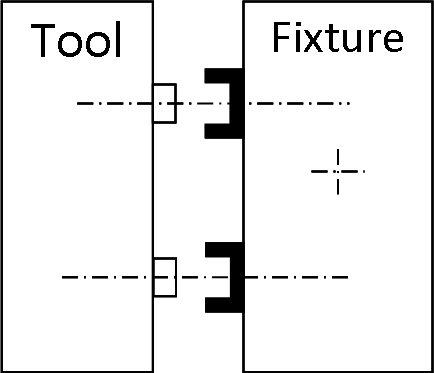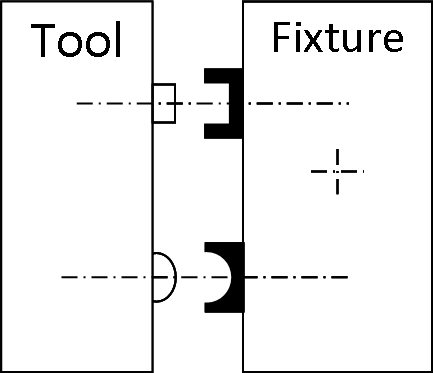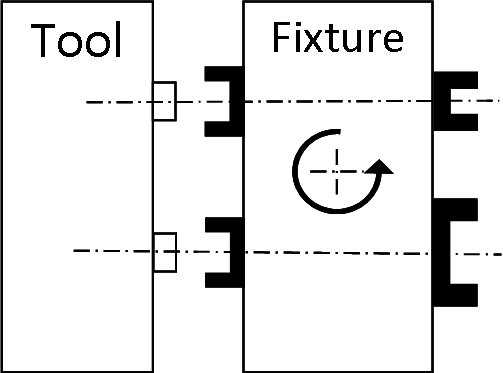5.09 - Mixed Mode Operation
Overview
Mixed mode operation enables a variety of products to be manufactured in a single production cell, so giving economy of scale. In high variety product manufacture the achievement of mixed mode operation is essential for integration of Kanban systems. Mixed-mode processes require quick changeover and the ability to handle very small batch sizes in a variety of parts. The advantages of these methods of operation are:-
- Reduced lead times
- Reduced stock levels
- Reduced scrap due to small size of batch at risk
- Sell-daily make-daily product mix strategy is feasible
- Improved response to market demands and product mix
- Economy of scale for small volumes
Design for manufacture (DFM) and assembly (DFA) including the use of standard sub-assembly modules and the minimising of the number of components required in a product are important preparatory steps.
Machining Example
The introduction of Kanban into a machine shop requires maximum flexibility to achieve fast response times. This objective has been achieved in the broaching of disc brake carriers by mixed mode operation. The disc brake carrier is dimensionally different for each vehicle application. A high number of parts of a similar type (or class or group) are produced.

Disc Brake Carrier - The first step is broaching the pad gap
Traditional Broach Setup

|
The broach is setup with both fixtures machining identical parts (i.e. producing two identical parts per 32 second cycle).
Changeovers involve changing all tools and fixture detail parts taking 2-3 hours for the tool and 2-3 hours for the fixture. To avoid long changeovers batch sizes are traditionally large (5 - 10,000 parts). |
Mixed Mode Broach Setup

|
In mixed mode broaching each fixture is set for a different component (i.e. producing two different parts per 32 second cycle). |
The machine shop has four broaching machines. By setting each one on mixed mode all changeovers can be eliminated with considerable increase in flow flexibility. Tool life is in excess of 20,000 parts. Worn tools can be scheduled for change at several week intervals in rotation.
Quick Change Over
As more similar parts are added to the group and the product range increases, the re-introduction of changeovers can be minimised by using machines with fixture tables capable of rotation through 90 or 180 degrees for quick changes. The design of new parts of this type must now consider the tooling capability. *

|
Fixtures for four different components can be mounted on the table with only 2 in use at any time.
When a changeover is required it is only necessary to turn the table through 180 degrees to make the second set of dies ready for use. The final tool change now required will only take 2-3 hours which is half the previous broaching total setup changeover time. |
- The mixed mode logic outlined above can be applied to other types of machine tools which were originally purchased for high output low variety production (e.g. multi-spindle / multi-station machines).
- Accumulator Kanbans to collect Kanbans into economic changeover transfer batches can then be used for simple material flow control.
* See guide 6.17 on part classification and group technology.